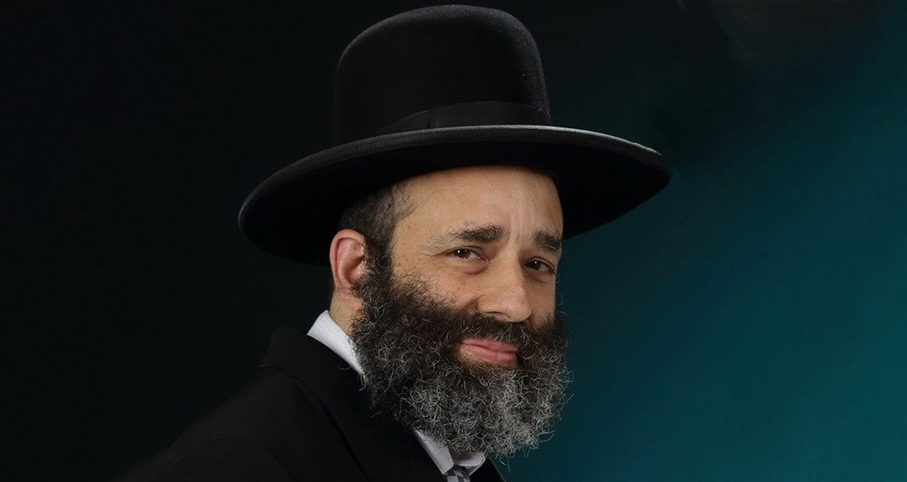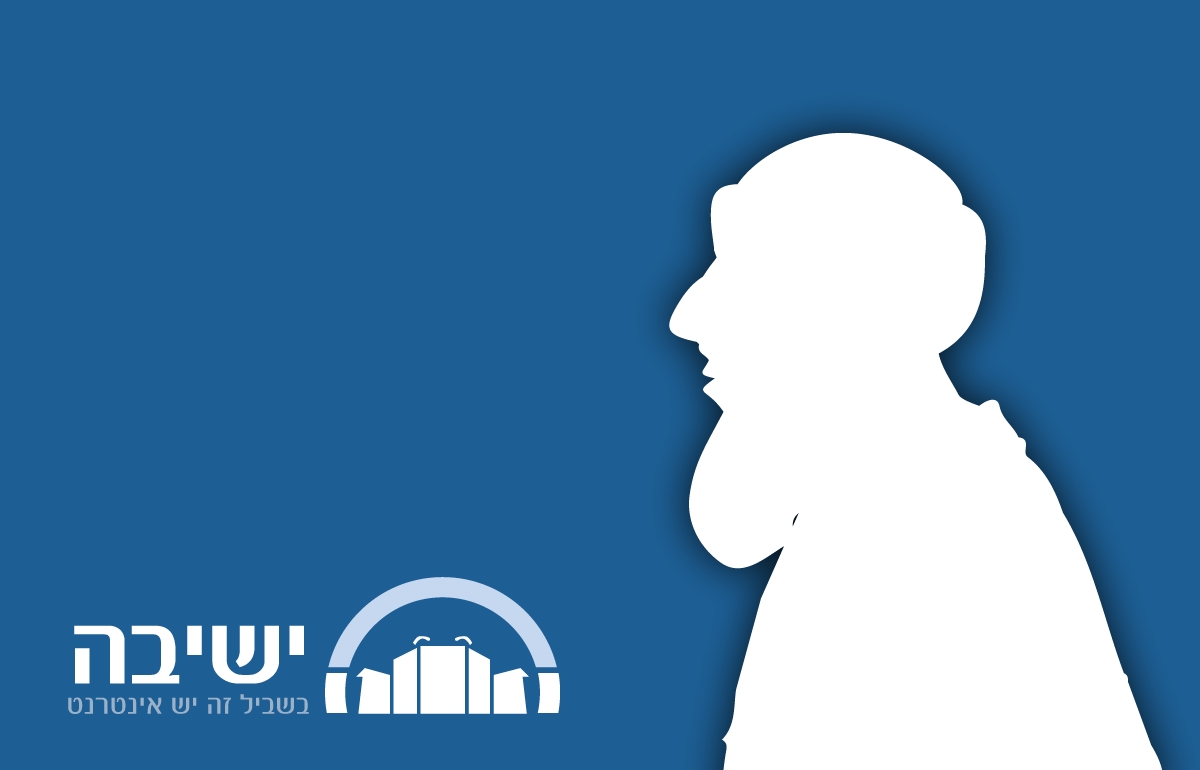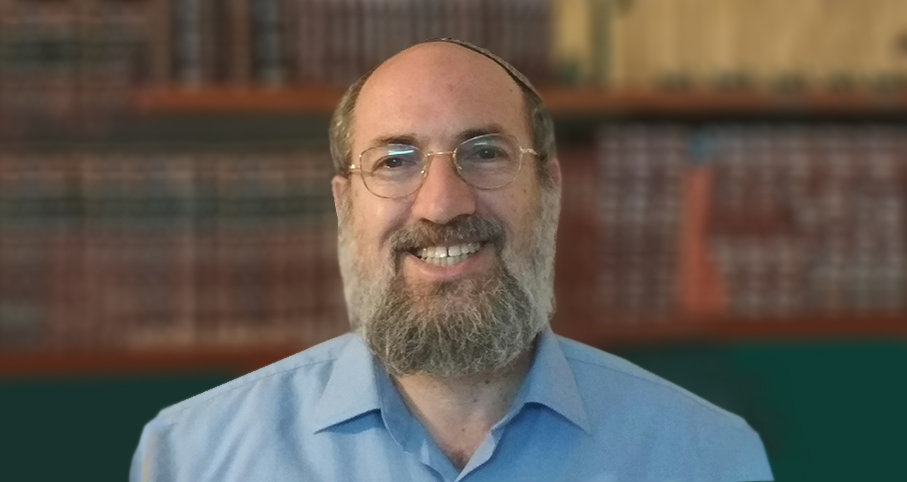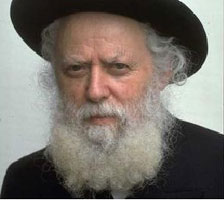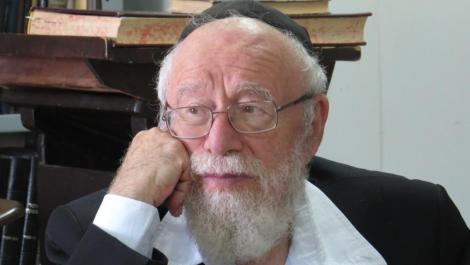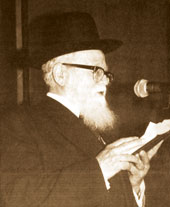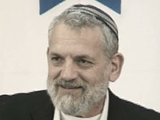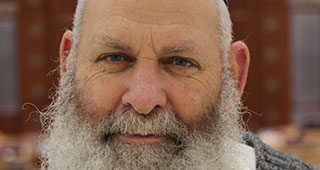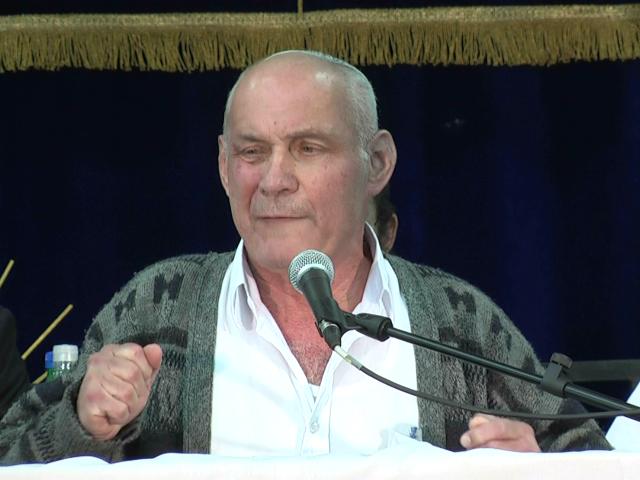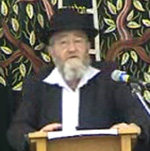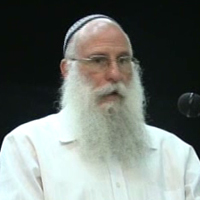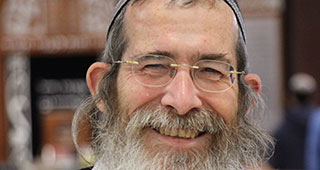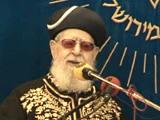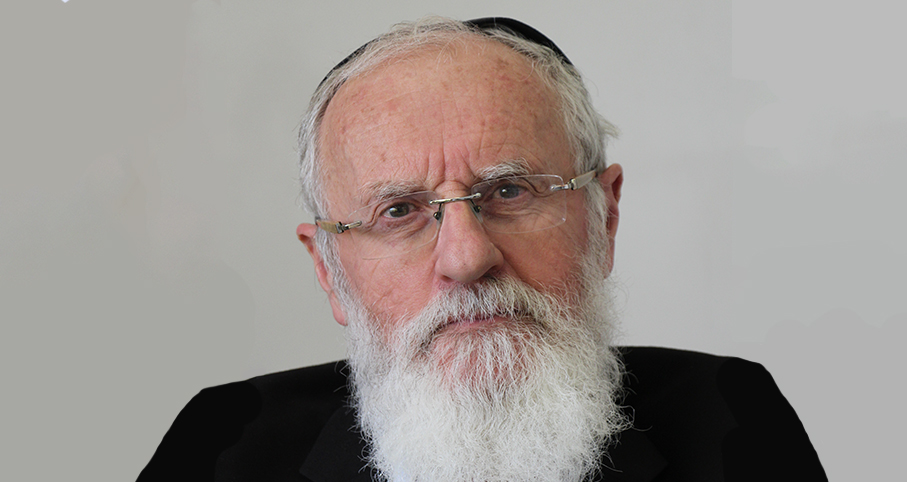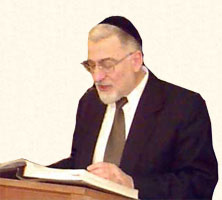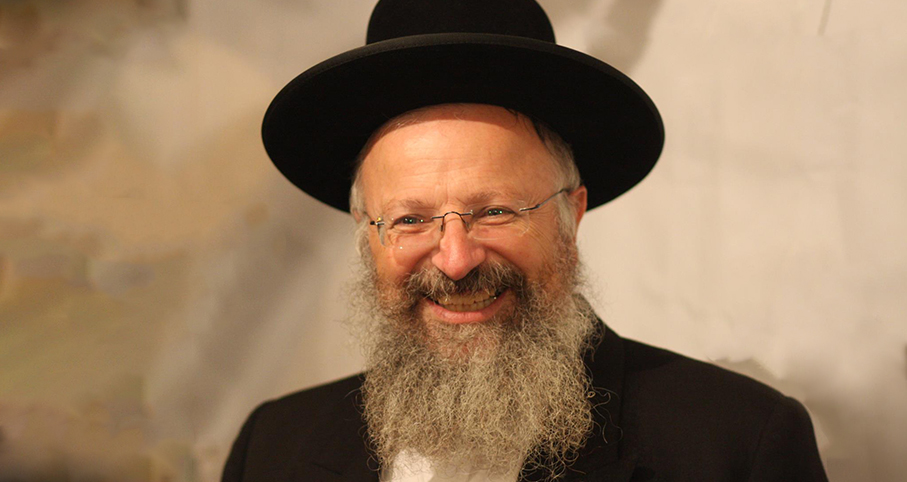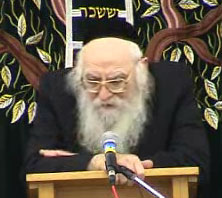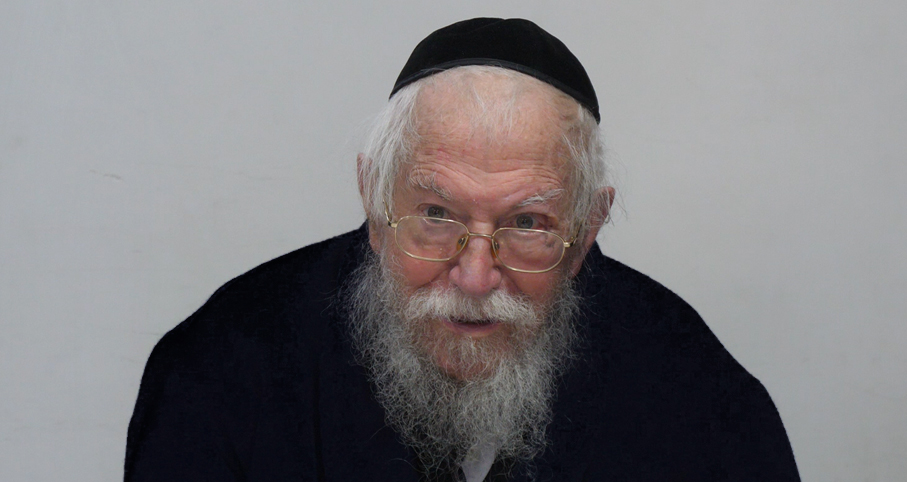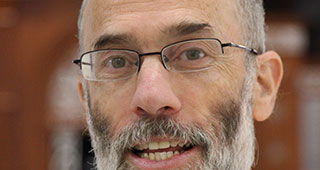Beit Midrash
- Library-Sifria
- Pninei Halacha
- Prayer
Following the exile from the Land of Israel, and the scattering of Jewish communities, distinctions were created among the diverse ethnic groups (eidot) regarding the wording of the prayers. In the main prayers, those instituted by Anshei Knesset HaGedolah, such as Birkot Keriat Shema and the Amidah, the differences are very slight. Even in the main passages of the Korbanot (sacrificial offerings) and Pesukei d’Zimrah, which were established during the time of the Talmud and the Geonim, the disparities are minor. The modifications are more noticeable, however, in the supplements added during the period of the Rishonim, such as additions to the Korbanot passages and prayers concluding the service. What was customary to include in Spain was not necessarily accepted in Ashkenaz, and vice versa. This is especially apparent in the liturgy for the High Holy Days and Festivals, composed during the time of the Geonim and Rishonim. Hence, we find completely different piyutim (poems) in the High Holy Day prayers of the Sephardic and Ashkenazic services.
It is proper that every Jew continue in his family’s custom. Even if he knows that a certain nusach is more precise, the continuation of tradition is more important than the accuracy of one word or another.
The Ari HaKadosh clarifies the differences in wording and style between Sephardim and Ashkenazim. He explains that there are twelve windows in the heavens corresponding to the twelve tribes of Israel and the prayer of each tribe ascends through its particular gate. That is the enigma of the twelve gates mentioned at the conclusion of the book of Ezekiel (Sha’ar HaKavanot p. 50, 4; Magen Avraham 68:1; Mishnah Berurah 68:4).
Additionally, distinctions exist among the ethnic groups regarding the pronunciation of certain Hebrew letters, e.g., tzadi and kuf, as well as vowels, such as, kamatz and cholam and each group must continue its custom. If, however, people change their nusach, they still fulfill their obligation, for all the existing Jewish traditions relating to the reading of letters and vowels are permitted for prayer (Igrot Moshe Orach Chaim, part 3, 5; additionally, even regarding the wording of the Chalitzah ceremony in which, according to all opinions, every letter must be enunciated, one may fulfill his obligation in any ethnic accent).
2. No Nusach Should Be Considered More Preferable than Another
The Chida writes in the name of the Ari that the Sephardic nusach ascends through all twelve gates. Therefore, in his opinion, Ashkenazim are permitted to switch to the Sephardic wording of prayer (see Yabia Omer 6:10; Yechaveh Da’at 3:6). However, the Chassidim claim that their nusach (Nusach Sephard-Chassidi) is of higher quality. They maintain that the prominent Chassidic authorities investigated numerous wordings and formulas of the Kabbalah, and selected the best among them. Those who pray in Nusach Ashkenaz assert that their custom is the most meticulous, for it was passed on from person to person as far back as Shimon HaPakuli. Furthermore, the foundation for the Sephardic minhag lies within the Amora’im and Geonim of Babylon, whereas the basis for the Ashkenazic minhag originates with the Amora’im and Geonim of Eretz Yisrael who were more proficient in Agadah, Chochmat HaSod, and nusachim of prayer. (Incidentally, that is the reason for the similarities between Nusach Ashkenaz and the original Yemenite nusach [Baladi], for both were influenced by the Geonim of Eretz Yisrael.) The Yemenites, too, claim that their nusach is more precise, for the Jews of Yemen, in all their years of exile, did not wander. Instead, in response to the persecution that the Arabs inflicted, the Yemenite Jews intensified their devotion to Torah and observed their customs with extra stringency. Indeed the Yemenite Torah scrolls were found to be closer in accuracy to the nusach of the precise Keter Aram Tzova.
In summary, every minhag possesses its own advantages and it is not in our power to determine which minhag is more praiseworthy. As the Chatam Sofer writes (responsa 1:15), all nusachim are equal. He maintains that the Ari composed his kavanot for Nusach Sephard-Chassidi because he was accustomed to praying in that nusach. However, if a person like the Ari were to have resided in Ashkenaz, he would have written his kavanot based on Nusach Ashkenaz.
Even if we were to know that a particular minhag is more precise, it would still be proper for each person to continue his own minhag, for even the less accurate minhag surely possesses advantages that the others do not exhibit. Only after the Sanhedrin is re-established will we be able to institute a uniform nusach, which will include the benefits of each minhag. Though, even then, there will be room for different emphases in the additional prayers and varying melodies, corresponding to the twelve gates; each community according to its ways.
3. In What Cases Is One Permitted to Change His Nusach?
As we have learned, one must maintain his family’s minhag. The Chachamim based this statement on the verse, "Al titosh torat imecha," meaning, "Do not abandon your mother’s teachings" (Proverbs 1:8). However, this custom is no more important than other laws, and therefore it is often superseded. For example, when a person knows for certain that he will have less kavanah praying in a synagogue that conducts services in his family’s nusach than in a synagogue in which the services are conducted in a different nusach, he should choose the one in which he can concentrate better, for kavanah is the essence of prayer. 1 However, in a case of uncertainty, it is preferable to pray in his family’s nusach, because in the long term, chances are that he will have more kavanah praying as his family does. Sometimes, when a person is young, he does not properly value his connection to his family’s nusach, though as time passes, he discovers a deep attachment to it.
An Ashkenazi who wants to pray according to the Ari’s writings, and for that purpose wishes to switch to Nusach Sephard-Chassidi, is permitted to do so. There were some prominent individuals from Ashkenaz who did this, among them the Chatam Sofer’s rabbis, Rabbi Natan Adler, and Rabbi Pinchas, the author of the Hafla’ah. Nevertheless, their families and students continued to pray in Nusach Ashkenaz, for they understood that only a specific individual who wants to pray according to the kavanot Ha’Ari is permitted to change his nusach, but it is not proper for someone who does not pray with those kavanot to do so. However, the leaders of the Chassidic movement encouraged all their followers to switch from Nusach Ashkenaz to Nusach Sephard-Chassidi, despite the fact that most of them were not familiar with the Ari’s kavanot. Indeed, prominent rabbis have vehemently disagreed with them, wondering how they could have changed their minhag, but the eminent leaders of the Chassidic movement, who were also illustrious world figures, decided to change their custom and surely had honorable reasons. Nowadays, no one objects to their practice (see She’arim Metzuyanim BaHalachah 18:4; Igrot Moshe, Orach Chaim, part 2, 24).
If a person has a choice of two synagogues, one where the prayer service is conducted in his family’s nusach but where no Torah classes are organized, and another, which provides Torah study but where the people pray in a different nusach, he must consider his options. If he reasons that praying in the synagogue with more Torah will help him learn more, it is better that he pray there even though the service is not conducted in his family’s tradition. Likewise, in choosing a yeshiva, one should not choose a place of learning according to the nusach of the prayers. Instead, he should choose the yeshiva in which he can become more elevated in Torah and mitzvot.
Similarly, if a person must choose between two synagogues: one, where the congregation prays in his family’s nusach, but he is concerned that he will not be able to connect with the people because they are either too old, too young, or too few in number and another, where they do not pray in his family’s nusach, but there is a unified congregation with which he can better identify. If he feels that by joining the prayers of the latter synagogue, his connection to the Jewish religious community will intensify, thereby enhancing or at least sustaining his spiritual level, it is preferable that he pray there, even though the prayers are not his family’s nusach.
^ 1.See Shut Maharam Shik, Choshen Mishpat 24, which states that even though the Magen Avraham writes that one should not stray from his family’s nusach, one is permitted to switch from Nusach Ashkenaz to Sephard-Chassidi if he so desires. He cites Chovot HaLevavot saying that one's deep passion for a certain mitzvah indicates his deep connection to that mitzvah. All the more so, he is permitted to switch nusachim for the purpose of having more kavanah. The matter of the community’s significance, of which I will write later on, is of obvious importance. See Igrot Moshe Orach Chaim, part 4, 33.
